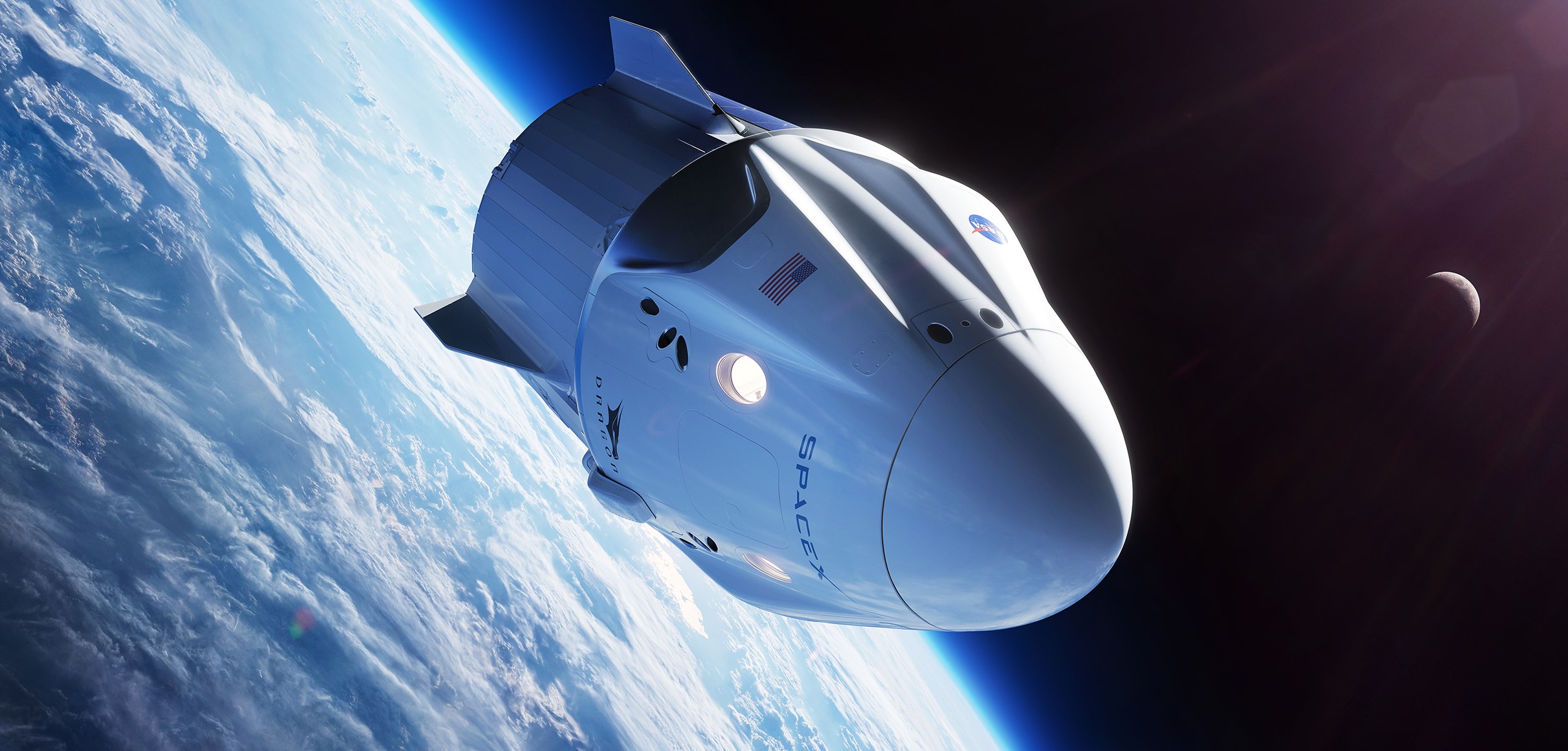
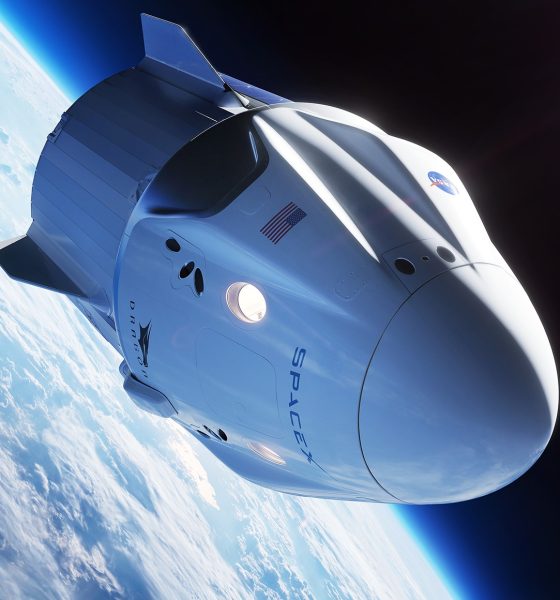
News
NASA picks diverse astronaut roster for SpaceX Crew Dragon 2021 mission
With Demo-2, the final certification test flight of SpaceX’s Crew Dragon capsule nearing completion, NASA is looking ahead to future operational crewed missions. NASA previously announced that following NASA astronauts Bob Behnken and Doug Hurley’s successful return from the International Space Station (ISS) in early August, three NASA astronauts and one Japanese astronaut of the Japan Aerospace Exploration Agency (JAXA) would soon be following on their own flight to the Space Station, SpaceX’s first operational crewed flight known as “Crew-1.” This mission is tentatively scheduled to occur no earlier than Fall of 2020.
Just days ahead of Demo-2’s anticipated conclusion, NASA, along with its international partners, has announced the roster and date of SpaceX’s third operational crewed mission referred to as “Crew-2.” Like Crew-1, the Crew-2 mission will feature a diverse international roster of four astronauts. Onboard will be veteran flyers, NASA astronauts Megan McArthur and Shane Kimbrough, along with JAXA astronaut Akihiko Hoshide, and European Space Agency (ESA) astronaut Thomas Pesquet. Should everything go as planned with Crew-1, Crew Dragon’s third operational crewed flight, Crew-2, is scheduled for liftoff no earlier than the Spring of 2021.
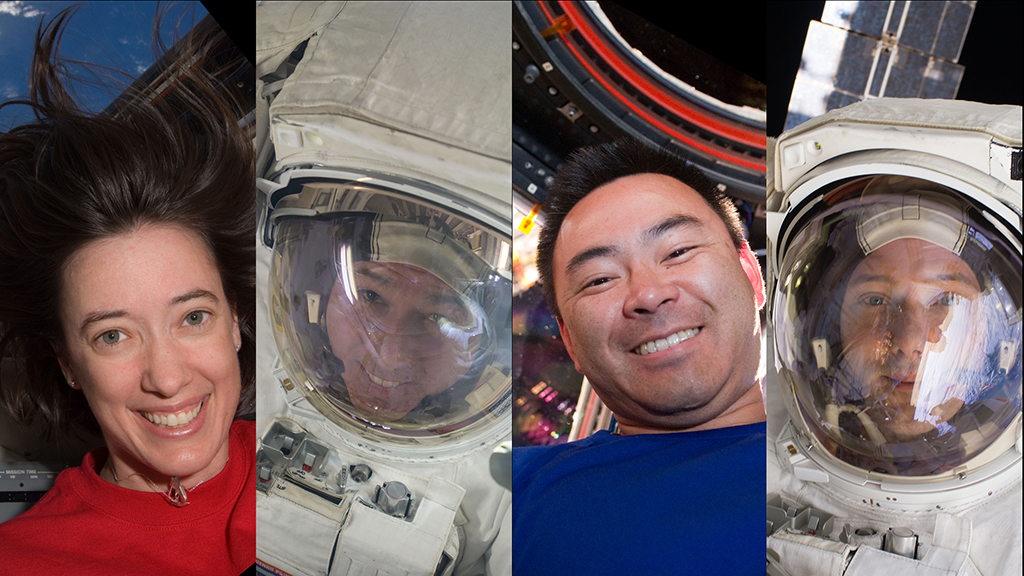
NASA keeps it in the family
One Crew-2 participant stands out from the rest, NASA astronaut Megan McArthur. She is a veteran NASA flyer having previously flown aboard the STS-125 space shuttle Atlantis mission in May of 2009. Although Crew-2 will be her second time to orbit, it will be her first visit to the ISS. During her first mission, she spent her time in orbit serving as a Mission Specialist servicing NASA’s Hubble Space Telescope. In 2019 she was appointed as NASA’s Deputy Chief of the Astronaut Office ISS Operations Branch, a role in which she provides support to astronauts in training and aboard the ISS.
Not only is McArthur an experienced space flyer and well-versed in mission support, but she is also married to NASA astronaut Bob Behnken. While Behnken served as Joint Operations Commander for Crew Dragon’s Demo-2 mission, McArthur was back at SpaceX headquarters in Hawthorne, CA training for her own Crew Dragon mission to the ISS.
https://twitter.com/Astro_Megan/status/1288203342250901504
McArthur was joined by her NASA and international partners Crew-2 crewmates to train at the SpaceX facility utilizing the Crew Dragon simulator. According to an interview with ESA astronaut Thomas Pesquet, the entire crew has been at various training facilities located in Texas and California presumably for weeks familiarizing themselves with Crew Dragon and ISS specific training, just as Behnken and Hurley did prior to their Demo-2 departure.
Looks like I'll be the first European to ever ride a Dragon into space! Training has already started at SpaceX's futuristic facilities. Stay tuned for more updates… and wait, how do you install the "launch" app on these giant tablet-screens? 😅😉🙃 pic.twitter.com/wD7zOf7EAl
— Thomas Pesquet (@Thom_astro) July 28, 2020
Commercial and international crew will bring the ISS to full capacity
NASA astronaut Shane Kimbrough will fly for his third trip to orbit after having previously flown aboard space shuttle Endeavour for STS-126 and aboard a Russian Soyuz spacecraft for Expedition 49/50 in 2016. Japanese astronaut Akihiko Hoshide will be the second JAXA astronaut to fly aboard SpaceX’s Crew Dragon following Soichi Noguchi on Crew-1. ESA astronaut Thomas Pesquet will be the first European to fly aboard the Crew Dragon. It will be his second mission to orbit following a six-month-long stay aboard the ISS in 2016.
The 2021 Crew-2 mission will increase the number of ISS occupants from six to a full complement of seven. Crew-2’s four Dragon Riders will be joined by a three-member crew set to launch aboard a Russian Soyuz spacecraft. The increase of long-duration crew members will allow NASA to “effectively double the amount of science that can be conducted in space,” as stated in an official NASA Commercial Crew blog post. The Crew-2 astronauts are expected to stay aboard the orbiting outpost for six months.

News
Tesla (TSLA) receives “Buy” rating and $551 PT from Canaccord Genuity
He also maintained a “Buy” rating for TSLA stock over the company’s improving long-term outlook, which is driven by autonomy and robotics.
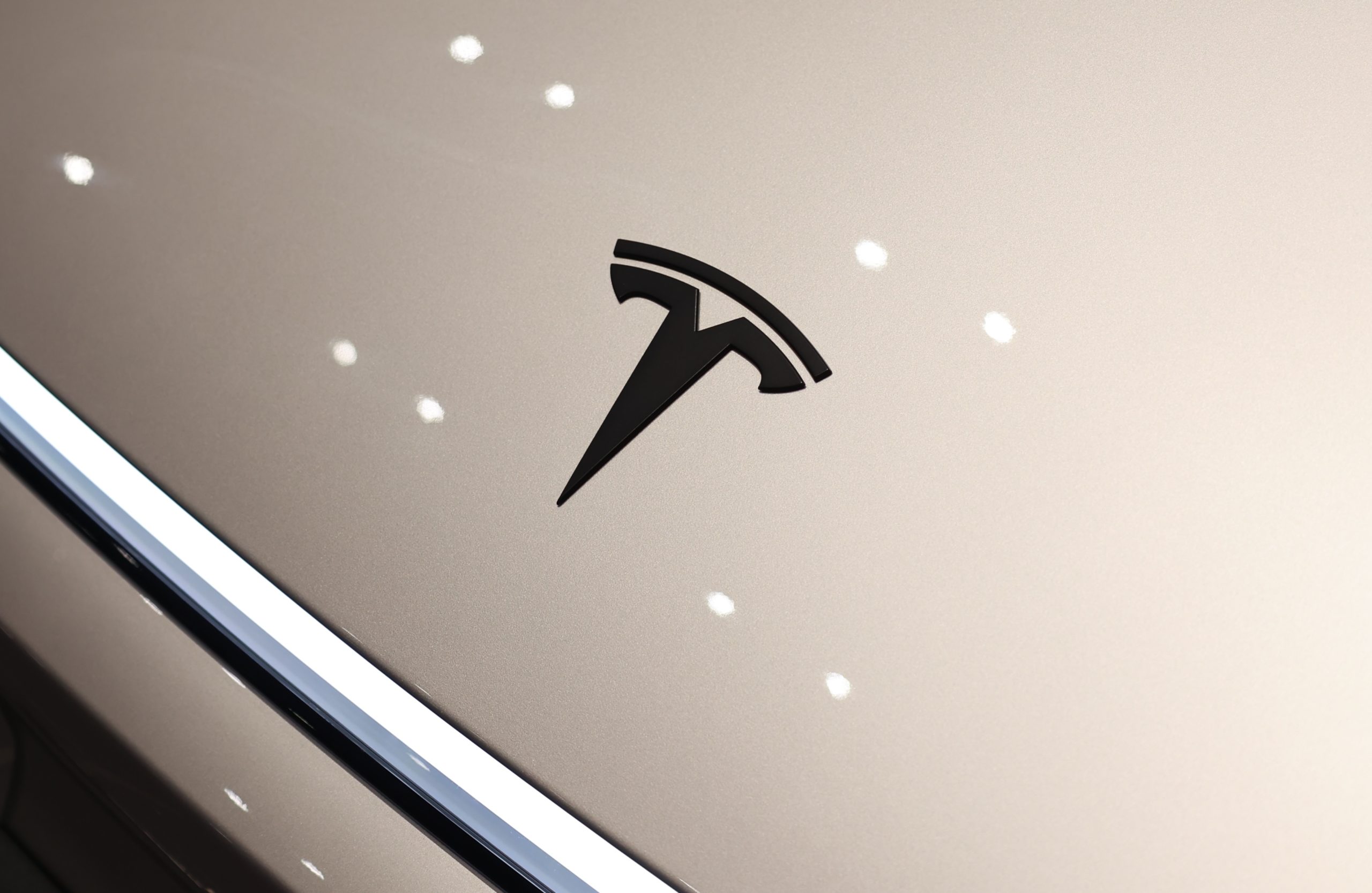
Canaccord Genuity analyst George Gianarikas raised his Tesla (NASDAQ:TSLA) price target from $482 to $551. He also maintained a “Buy” rating for TSLA stock over the company’s improving long-term outlook, which is driven by autonomy and robotics.
The analyst’s updated note
Gianarikas lowered his 4Q25 delivery estimates but pointed to several positive factors in the Tesla story. He noted that EV adoption in emerging markets is gaining pace, and progress in FSD and the Robotaxi rollout in 2026 represent major upside drivers. Further progress in the Optimus program next year could also add more momentum for the electric vehicle maker.
“Overall, yes, 4Q25 delivery expectations are being revised lower. However, the reset in the US EV market is laying the groundwork for a more durable and attractive long-term demand environment.
“At the same time, EV penetration in emerging markets is accelerating, reinforcing Tesla’s potential multi‑year growth runway beyond the US. Global progress in FSD and the anticipated rollout of a larger robotaxi fleet in 2026 are increasingly important components of the Tesla equity story and could provide sentiment tailwinds,” the analyst wrote.
Tesla’s busy 2026
The upcoming year would be a busy one for Tesla, considering the company’s plans and targets. The autonomous two-seat Cybercab has been confirmed to start production sometime in Q2 2026, as per Elon Musk during the 2025 Annual Shareholder Meeting.
Apart from this, Tesla is also expected to unveil the next-generation Roadster on April 1, 2026. Tesla is also expected to start high-volume production of the Tesla Semi in Nevada next year.
Apart from vehicle launches, Tesla has expressed its intentions to significantly ramp the rollout of FSD to several regions worldwide, such as Europe. Plans are also underway to launch more Robotaxi networks in several more key areas across the United States.
News
Waymo sues Santa Monica over order to halt overnight charging sessions
In its complaint, Waymo argued that its self-driving cars’ operations do not constitute a public nuisance, and compliance with the city’s order would cause the company irreparable harm.
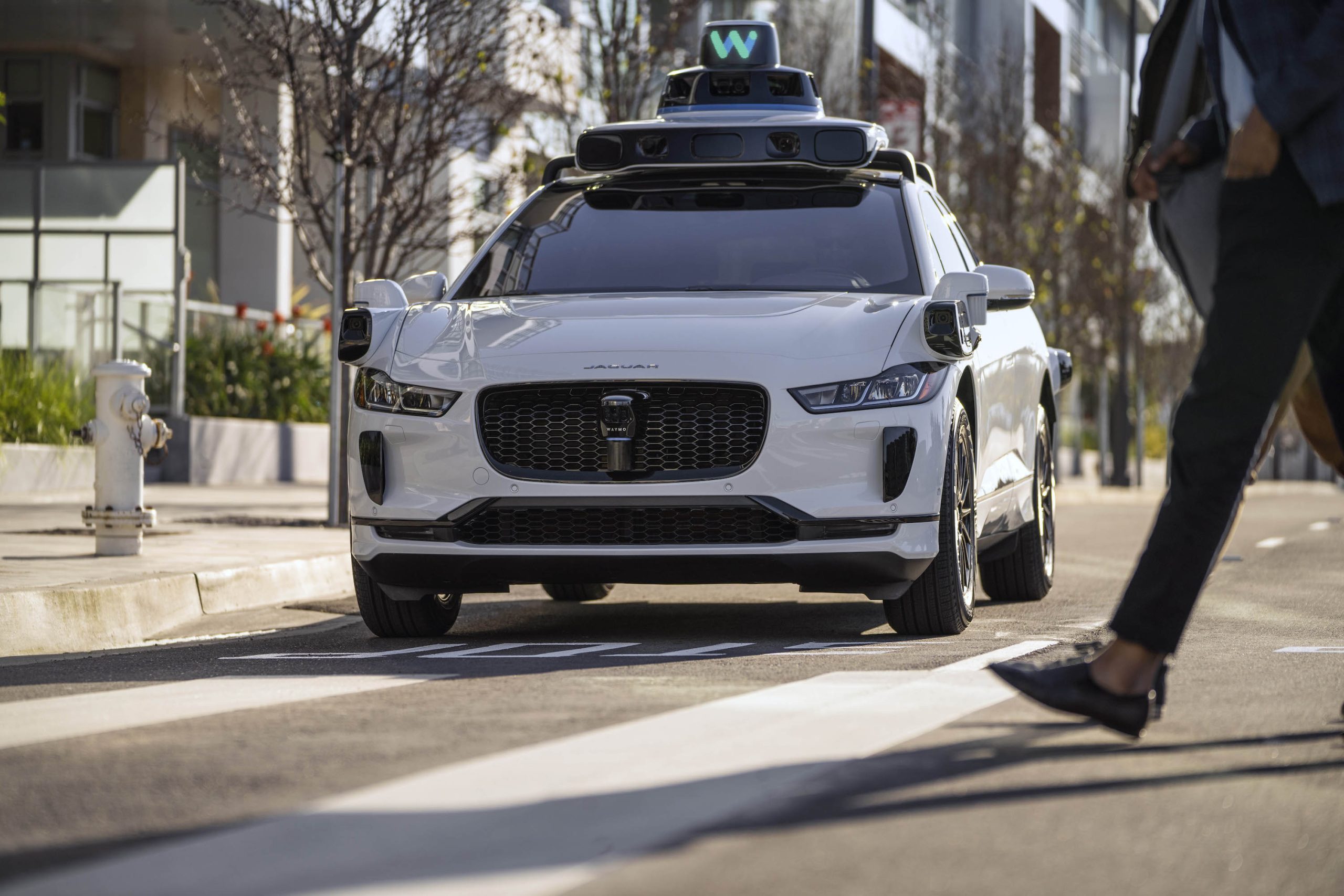
Waymo has filed a lawsuit against the City of Santa Monica in Los Angeles County Superior Court, seeking to block an order that requires the company to cease overnight charging at two facilities.
In its complaint, Waymo argued that its self-driving cars’ operations do not constitute a public nuisance, and compliance with the city’s order would cause the company irreparable harm.
Nuisance claims
As noted in a report from the Los Angeles Times, Waymo’s two charging sites at Euclid Street and Broadway have operated for about a year, supporting the company’s growing fleet with round-the-clock activity. Unfortunately, this has also resulted in residents in the area reportedly being unable to sleep due to incessant beeping from self-driving taxis that are moving in and out of the charging stations around the clock.
Frustrated residents have protested against the Waymos by blocking the vehicles’ paths, placing cones, and “stacking” cars to create backups. This has also resulted in multiple calls to the police.
Last month, the city issued an order to Waymo and its charging partner, Voltera, to cease overnight operations at the charging locations, stating that the self-driving vehicles’ activities at night were a public nuisance. A December 15 meeting yielded no agreement on mitigations like software rerouting. Waymo proposed changes, but the city reportedly insisted that nothing would satisfy the irate residents.
“We are disappointed that the City has chosen an adversarial path over a collaborative one. The City’s position has been to insist that no actions taken or proposed by Waymo would satisfy the complaining neighbors and therefore must be deemed insufficient,” a Waymo spokesperson stated.
Waymo pushes back
In its legal complaint, Waymo stated that its “activities at the Broadway Facilities do not constitute a public nuisance.” The company also noted that it “faces imminent and irreparable harm to its operations, employees, and customers” from the city’s order. The suit also stated that the city was fully aware that the Voltera charging sites would be operating around the clock to support Waymo’s self-driving taxis.
The company highlighted over one million trips in Santa Monica since launch, with more than 50,000 rides starting or ending there in November alone. Waymo also criticized the city for adopting a contentious strategy against businesses.
“The City of Santa Monica’s recent actions are inconsistent with its stated goal of attracting investment. At a time when the City faces a serious fiscal crisis, officials are choosing to obstruct properly permitted investment rather than fostering a ‘ready for business’ environment,” Waymo stated.
News
Tesla FSD v14.2.2 is getting rave reviews from drivers
So far, early testers have reported buttery-smooth drives with confident performance, even at night or on twisty roads.
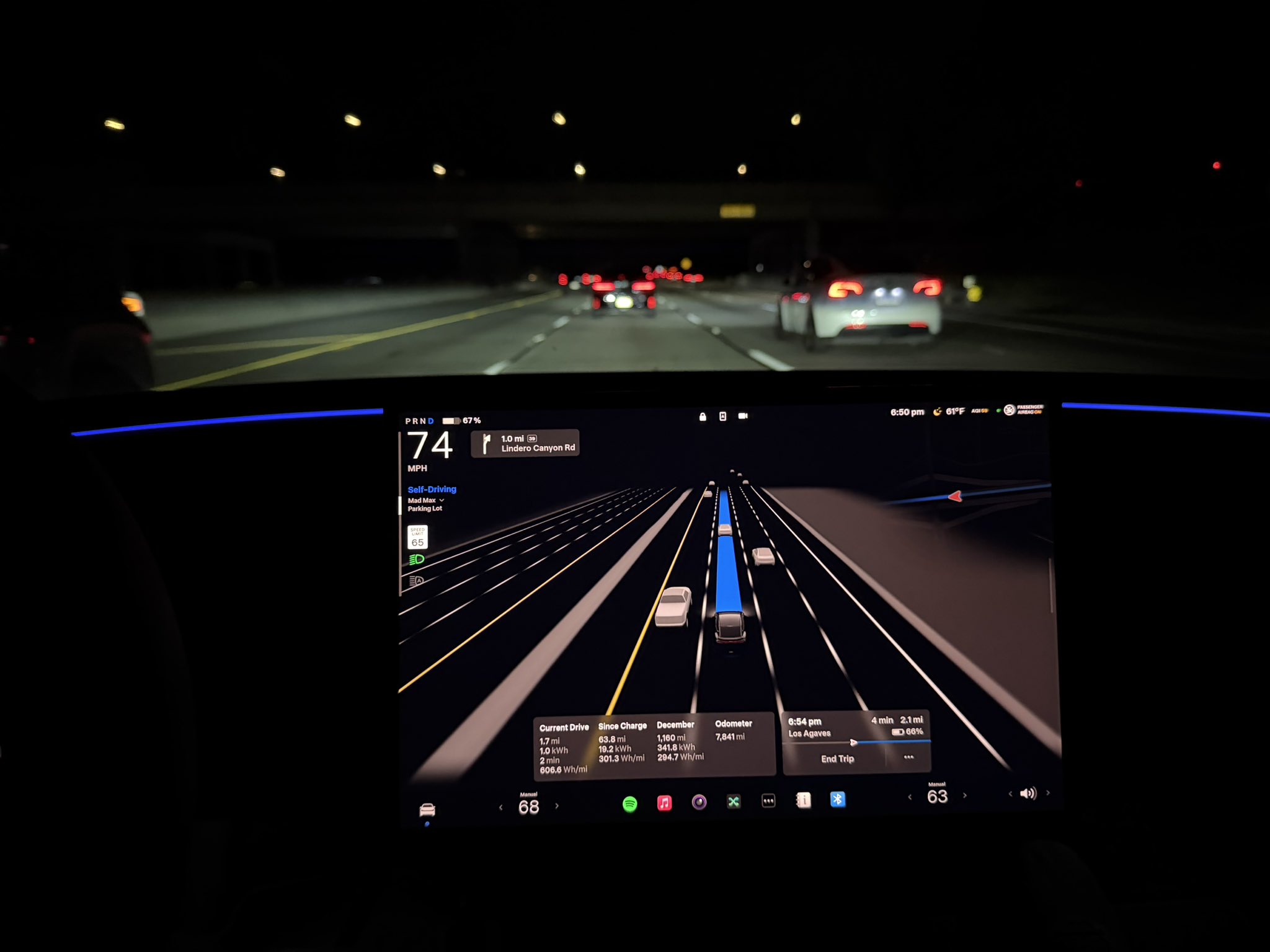
Tesla Full Self-Driving (Supervised) v14.2.2 is receiving positive reviews from owners, with several drivers praising the build’s lack of hesitation during lane changes and its smoother decision-making, among others.
The update, which started rolling out on Monday, also adds features like dynamic arrival pin adjustment. So far, early testers have reported buttery-smooth drives with confident performance, even at night or on twisty roads.
Owners highlight major improvements
Longtime Tesla owner and FSD user @BLKMDL3 shared a detailed 10-hour impression of FSD v14.2.2, noting that the system exhibited “zero lane change hesitation” and “extremely refined” lane choices. He praised Mad Max mode’s performance, stellar parking in locations including ticket dispensers, and impressive canyon runs even in dark conditions.
Fellow FSD user Dan Burkland reported an hour of FSD v14.2.2’s nighttime driving with “zero hesitations” and “buttery smooth” confidence reminiscent of Robotaxi rides in areas such as Austin, Texas. Veteran FSD user Whole Mars Catalog also demonstrated voice navigation via Grok, while Tesla owner Devin Olsen completed a nearly two-hour drive with FSD v14.2.2 in heavy traffic and rain with strong performance.
Closer to unsupervised
FSD has been receiving rave reviews, even from Tesla’s competitors. Xpeng CEO He Xiaopeng, for one, offered fresh praise for FSD v14.2 after visiting Silicon Valley. Following extended test drives of Tesla vehicles running the latest FSD software, He stated that the system has made major strides, reinforcing his view that Tesla’s approach to autonomy is indeed the proper path towards autonomy.
According to He, Tesla’s FSD has evolved from a smooth Level 2 advanced driver assistance system into what he described as a “near-Level 4” experience in terms of capabilities. While acknowledging that areas of improvement are still present, the Xpeng CEO stated that FSD’s current iteration significantly surpasses last year’s capabilities. He also reiterated his belief that Tesla’s strategy of using the same autonomous software and hardware architecture across private vehicles and robotaxis is the right long-term approach, as it would allow users to bypass intermediate autonomy stages and move closer to Level 4 functionality.








